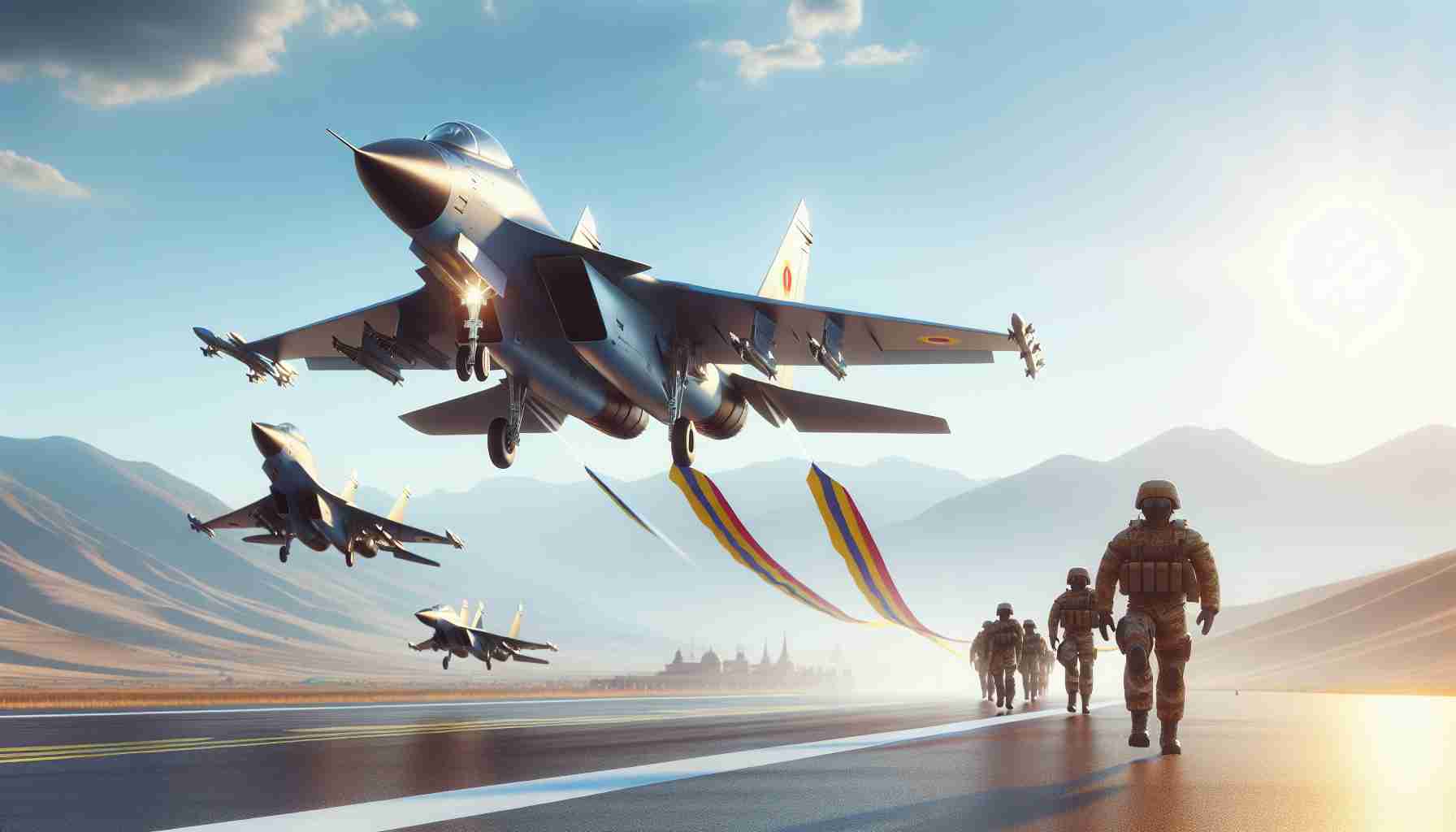Romania Secures F-35 Fighter Deal with the U.S.
In a groundbreaking development, Romanian President Klaus Iohannis has signed a vital law to purchase cutting-edge F-35 fighter jets. According to European Pravda, this significant step forward aims to enhance Romania’s defense capabilities.
This legislation swiftly passed through Romania’s Senate on Wednesday, following its approval by the Chamber of Deputies. The government’s urgency in securing this deal highlights its strategic importance.
Under the newly signed law, Romania will finalize contracts with the United States to acquire 32 F-35 aircraft. The comprehensive package includes not only the jets but also engines, munitions, and initial logistical support. Additionally, Romania will gain continuous access to a global support network, essential equipment, services, and other related assistance.
This purchase follows approval by the U.S. State Department in September, emphasizing the deal’s strategic alignment. The total investment amounts to a remarkable $7.2 billion, showcasing the substantial commitment to bolstering national defense.
The origins of this contract trace back to last year when Romania unveiled plans to procure these state-of-the-art fighters from American manufacturer Lockheed Martin for $6.5 billion. The nation’s Supreme Defense Council endorsed the F-35 acquisition in April, prompting the Ministry of Defense to seek parliamentary consent.
Romania’s strategic move underscores its dedication to modernizing its military capabilities, showcasing the nation’s commitment to maintaining regional security and fulfilling its defense obligations.
The F-35 Fighter Jet Deal: Romania’s Leap Into Advanced Aerospace Technology
Romania’s recent decision to secure F-35 fighter jets underscores a pivotal moment not just for its military, but also for worldwide technological advancement. While the primary focus has been on enhanced defense capabilities, this development signifies more profound implications for humanity and the future of technology in warfare and beyond.
What Makes the F-35 So Advanced?
The F-35 Lightning II is renowned for its advanced stealth features, sensor fusion, exceptional agility, and unprecedented integrated avionics. It’s not just a fighter jet; it’s a network-integrated platform designed to excel in air superiority, electronic warfare, and beyond-visual-range combat. This expansion into realms like stealth and data management represents a significant leap in aviation technology.
Enhancing Human Capability Through Technological Innovation
The integration of F-35 jets into Romania’s defense opens new avenues for human-technological synergy. The jet’s sophisticated software allows for real-time data sharing, transforming the aircraft into an airborne node interconnected with other military platforms. This interconnection exemplifies how technology can amplify human decision-making in high-stakes situations.
Potential Controversies and Ethical Considerations
As with any significant military purchase, the introduction of F-35s is not without controversy. Critics argue about the immense costs associated with acquiring and maintaining such advanced technology. The question arises: Is funneling billions into military technology the best allocation of national resources? Additionally, the scale and scope of data analytics enabled by F-35s lead to concerns about privacy and the potential for unregulated surveillance.
Advantages vs. Disadvantages
Advantages:
1. Enhanced Defense: The technological superiority of F-35s significantly boosts national and regional security.
2. Technological Transfer: Advances in aeronautics may permeate civilian technologies—benefiting sectors like commercial aviation or emergency response.
3. Strategic Alliances: Strengthening ties with the U.S. and other allies through defense collaborations.
Disadvantages:
1. High Cost: With a price tag of $7.2 billion, this deal might strain national budgets.
2. Dependence: Reliance on foreign military hardware could compromise autonomy.
3. Maintenance Challenges: The complexity of F-35 systems requires specialized training and infrastructure.
How Does This Affect Global Military Balance?
The acquisition by Romania signifies a shift in Eastern European defense dynamics, providing a qualitative edge over potential adversary air forces. This move could prompt neighboring countries to advance their military technology, fostering an arms race in the region.
Another intriguing question emerges: Could technological partnerships in defense spur cooperation in other areas, such as climate change or cybersecurity? Romania’s alignment with advanced defense technology might set a precedent for collaboration in these global challenges.
For readers interested in exploring these technologies further, resources such as the Lockheed Martin website provide comprehensive details on the innovations behind the F-35 design.
Romania’s procurement of F-35 fighter jets is not just about defense; it’s a testament to the intersection of cutting-edge technology with strategic necessity—a narrative that continuously shapes the evolution of human endeavors in the face of modern challenges.







